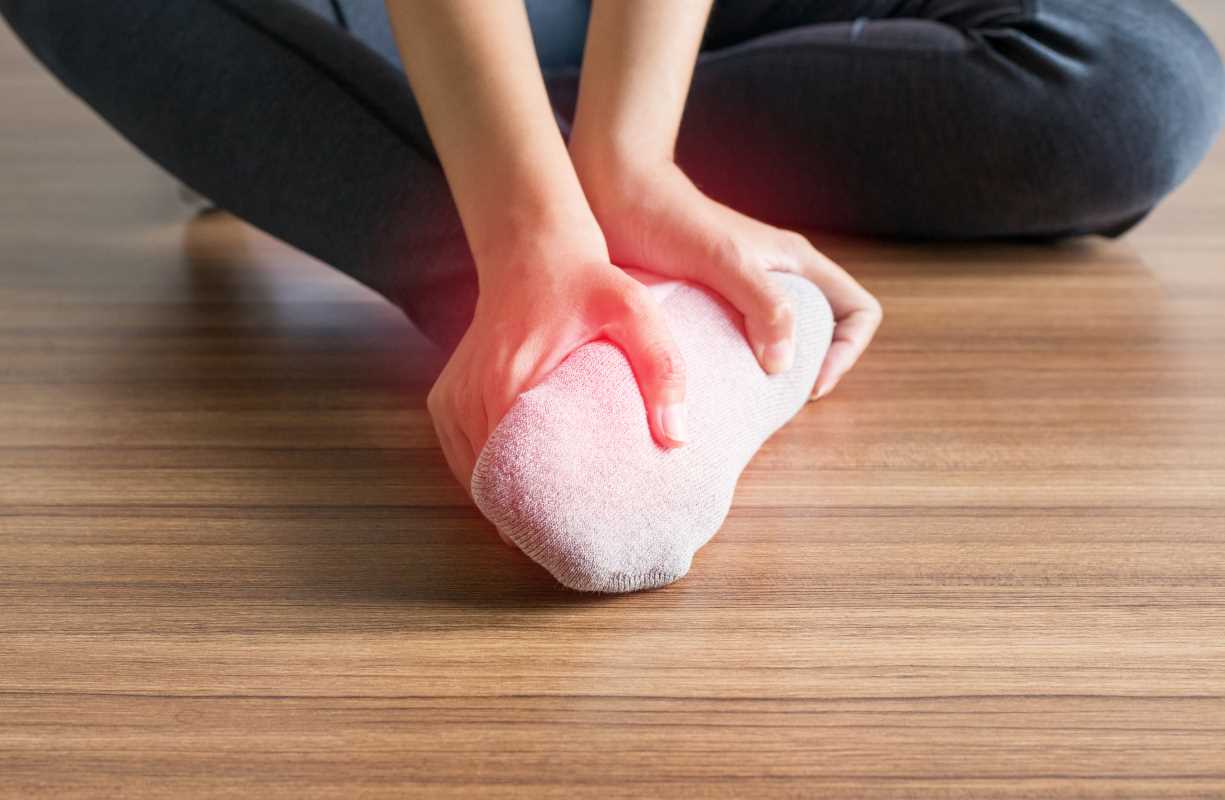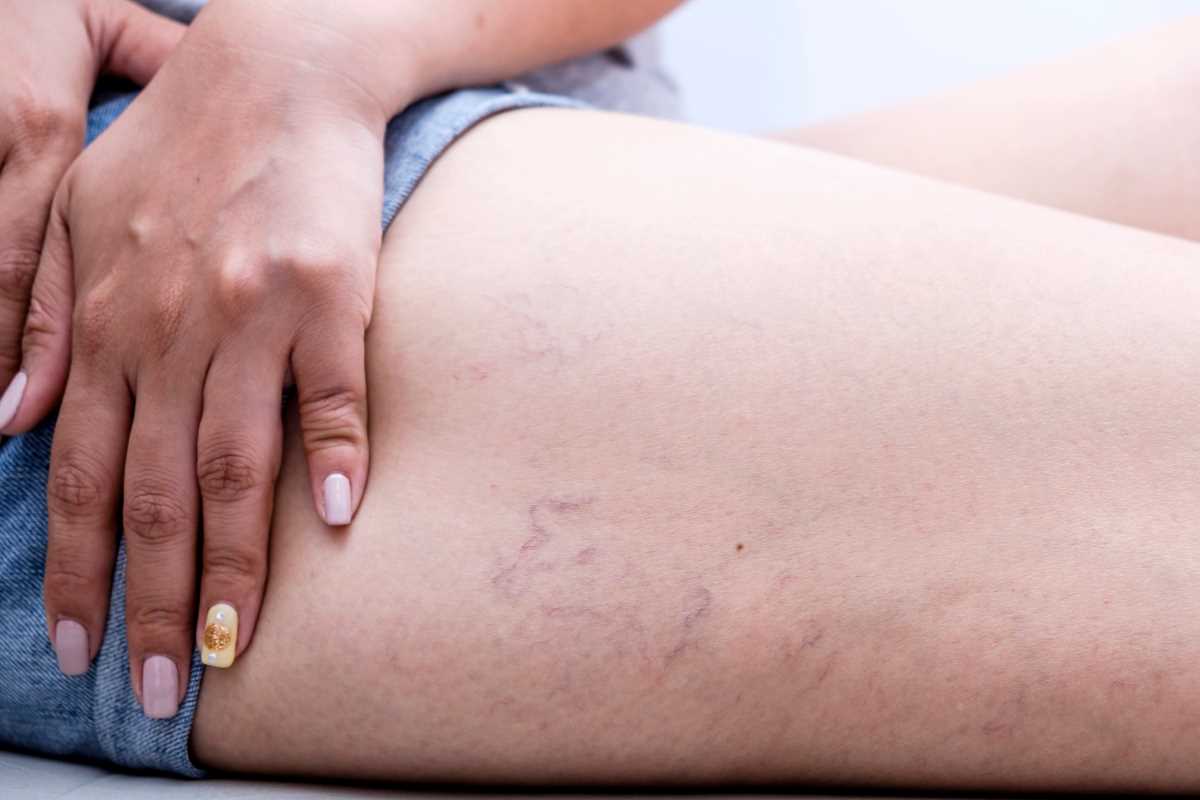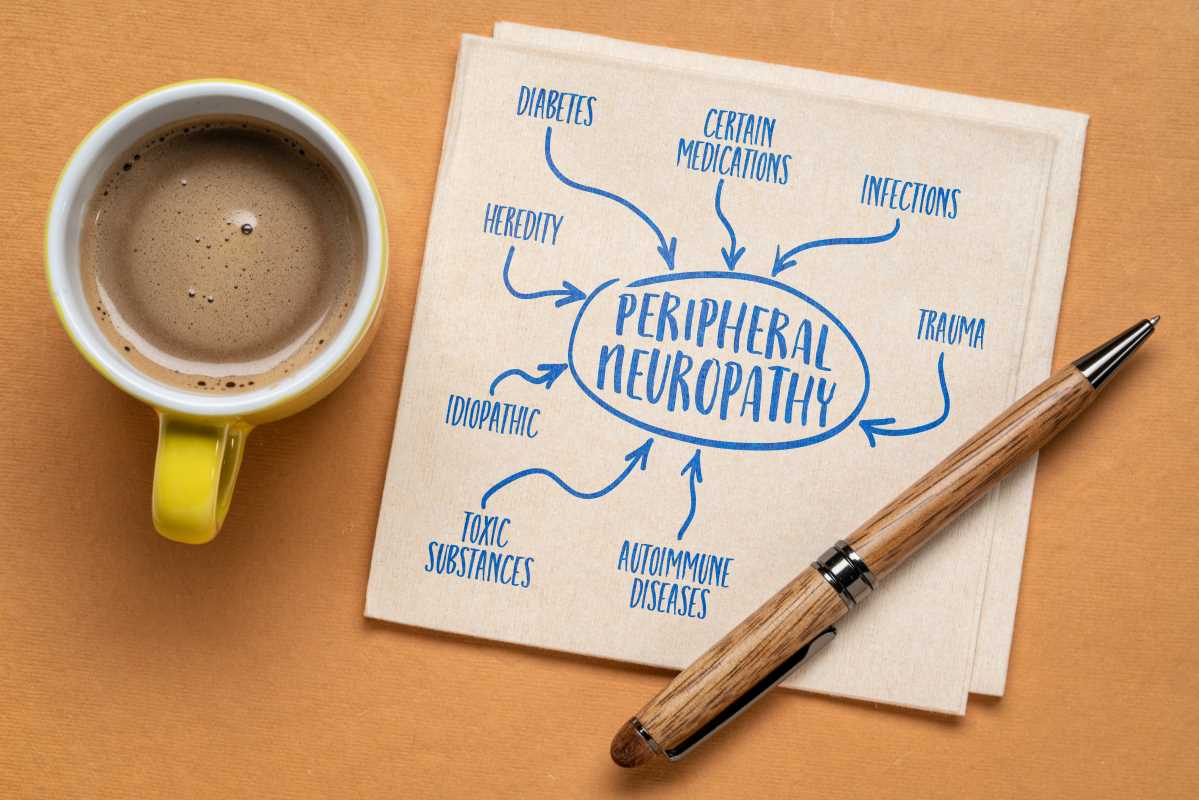Waking up to stabbing heel pain? Struggling to walk comfortably after sitting for a while? If this sounds familiar, you might be dealing with plantar fasciitis. This surprisingly common condition affects millions of people and can make even simple tasks, like walking to the kitchen or running errands, feel like a challenge.
But the good news is that plantar fasciitis doesn’t have to take over your life. With the right information and care, you can ease the pain, prevent further damage, and get back on your feet. This article will break down everything you need to know about plantar fasciitis, from its causes to its treatment options, and offer tips to help you avoid it.
What is Plantar Fasciitis?
Plantar fasciitis is a condition that causes pain at the bottom of your foot, typically near the heel.
The plantar fascia is a thick band of tissue that runs along the bottom of your foot, connecting your heel bone to your toes. Think of it like a shock absorber for your foot, helping to support your arch and cushion every step you take. But if the plantar fascia gets too much wear and tear, it can become irritated, inflamed, or even develop tiny tears. That’s when you start feeling pain.
Plantar fasciitis is one of the most common causes of heel pain, and while it’s particularly frustrating, it’s usually treatable with the right care.
Symptoms of Plantar Fasciitis
The first clue that you might have plantar fasciitis is a sharp or stabbing pain in the bottom of your heel, especially when you first get out of bed in the morning.
Here are some key symptoms to watch for:
- Stiffness or Pain in the Morning: The pain tends to be worse when you take your first steps after resting or sleeping.
- Pain After Sitting or Standing: Resting for too long or standing on your feet too much can both intensify symptoms.
- Pain Worse After Activity: While the pain may ease up during exercise, it often flares up afterward.
- Tenderness in the Heel: Pressing on your heel may feel uncomfortable or even painful.
If these symptoms sound familiar, it’s worth looking into whether plantar fasciitis could be the reason for your discomfort.
What Causes Plantar Fasciitis?
Plantar fasciitis is often caused by repetitive stress on the plantar fascia, which can lead to inflammation or small tears. Here are some common reasons why this stress might occur:
Repetitive Strain or Overuse
- Activities like running, jogging, or jumping repeatedly put strain on the foot.
- Jobs that require standing for long periods (like retail or healthcare work) can also have an impact.
Poor Foot Mechanics
- Having flat feet, high arches, or an abnormal walking pattern can alter how force is distributed across your foot, placing strain on the plantar fascia.
Unsupportive Footwear
- Shoes that lack proper arch support or cushioning, especially if you walk long distances, can contribute to plantar fasciitis.
Tight Muscles or Tendons
- Tight calf muscles or the Achilles tendon can pull on the plantar fascia, increasing stress on the tissue.
Understanding what’s causing your heel pain can help with finding the right treatment to resolve it.
Risk Factors for Developing Plantar Fasciitis
Certain factors can increase the likelihood of developing plantar fasciitis. These include:
- Age: Plantar fasciitis is most common in people between the ages of 40 and 60.
- Occupation: People who spend a lot of time on their feet, like teachers, factory workers, and servers, are at greater risk.
- Activity Level: Athletes or people who exercise heavily, especially runners, are more likely to experience plantar fasciitis.
- Weight: Carrying extra weight adds pressure to the plantar fascia, increasing the risk of injury.
- Foot Structure: Having flat feet or high arches can place added strain on the ligaments in your foot.
If any of these sound like you, taking steps to care for your feet can help reduce your risk.
Treatment Options for Plantar Fasciitis
The good news is that most cases of plantar fasciitis can be treated at home or with non-invasive methods. Here are the most common ways to relieve pain and get back on your feet.
Rest and Ice
- Rest your feet as much as possible, especially if your symptoms are severe.
- Applying ice to your heel for 15-20 minutes at a time can reduce swelling and pain.
Stretching and Strengthening Exercises
- Stretching the calves and plantar fascia can help relieve tension and reduce pain.
- Examples include calf stretches, toe stretches, and rolling your foot over a frozen water bottle or massage ball.
Supportive Footwear
- Wear shoes with good arch support and cushioning to reduce the strain on your plantar fascia.
- Orthotic inserts or custom insoles can also provide additional support.
Non-Steroidal Anti-Inflammatory Drugs (NSAIDs)
- Medications like ibuprofen or naproxen can help reduce pain and inflammation.
Physical Therapy
- A physical therapist can guide you through exercises and techniques to strengthen your foot and lower leg muscles, taking pressure off the plantar fascia.
Advanced Treatments
If symptoms persist despite these measures, you may need additional treatment, such as:
- Night splints to keep your foot in a stretched position while you sleep.
- Cortisone injections to reduce inflammation.
- Extracorporeal shock wave therapy, which uses sound waves to stimulate healing in the plantar fascia.
- Surgery (rarely needed) for severe cases that don’t respond to other treatments.
Tips for Preventing Plantar Fasciitis
Prevention is always better than cure! To protect your feet and reduce your risk of developing plantar fasciitis, try these tips:
- Wear supportive shoes with good arch support and cushioning, especially during physical activity.
- Replace worn-out running or athletic shoes regularly.
- Stretch your calves and feet daily to keep them limber.
- Avoid walking barefoot on hard surfaces for extended periods.
- Maintain a healthy weight to reduce pressure on your feet.
Small changes in your daily routine can go a long way in keeping your feet healthy and pain-free.
 (Image via
(Image via





